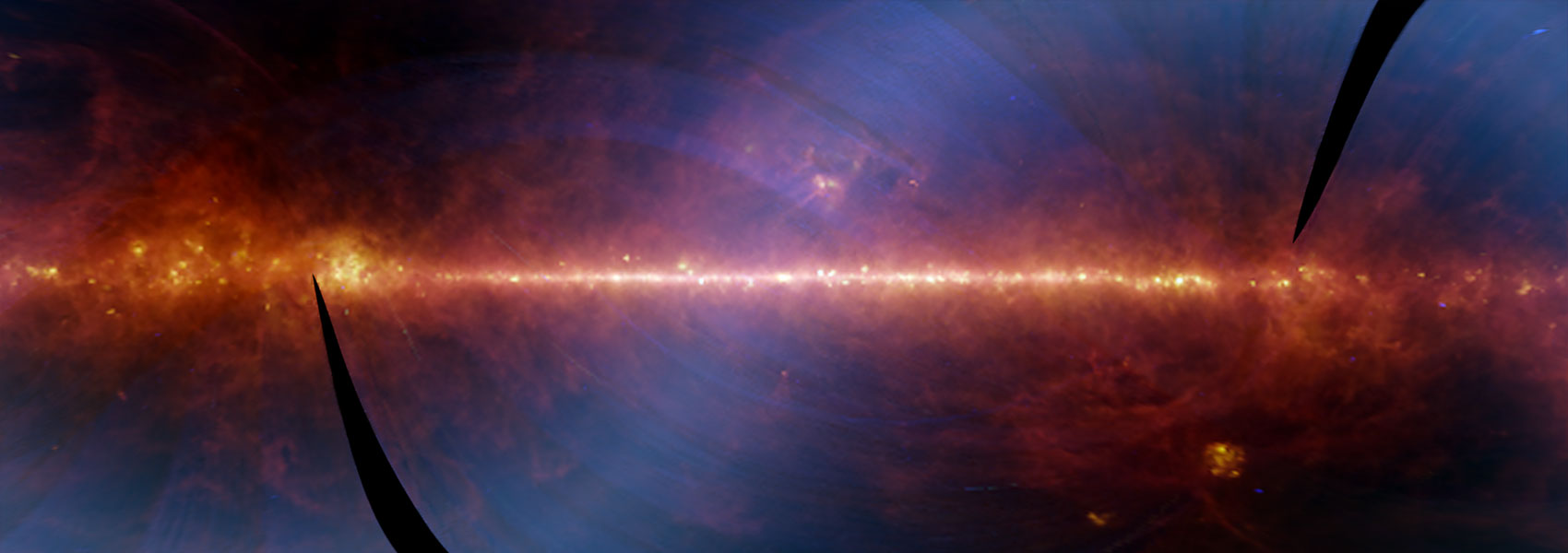Extragalactic Archeology and Aspects of Dark Matter
“What is the Universe made of and how did it evolve?” To date, we only know that regular atoms, baryons, make up barely 5% of the total energy density of the Universe. In the context of our standard, LCDM, cosmological model, a quarter of the remaining 95% is dark matter. On cosmological scales large-scale structure, including filaments, clusters and individual clumps result from the assembly of dark matter, dragging baryonic matter along with them. Visible galaxies form inside dark-matter halos and provide us with a fantastic opportunity for testing our theoretical models. Nearby objects can serve as probes that allow us to map their kinematics and stellar populations in unprecedented detail so as to understand their assembly history and the role played by the underlying dark matter distribution. One of the key objectives of modern astrophysics is to understand the formation and evolution of galaxies, and the interplay of dark and luminous matter.
In this talk, I will discuss two of my major on-going programs: i) my current work establishing the formation redshift of massive galaxy disks and ii) a cross-disciplinary program on dark matter involving astrophysicists and philosophers of science. The first is using extragalactic archaeology to study the stellar populations of rings in barred galaxies, based on spectrophotometric data cubes obtained with the MUSE integral field unit on the VLT at ESO. The second project aims at detecting pure dark matter halos through spectroscopic observations taken at the 6.5m Magellan telescopes, as modeled and interpreted using hydrodynamical simulations.
Finally, I will close by exploring the future of extragalactic astronomy in the context of upcoming ground and space telescopes and the unique role that IPAC is able to play in paving the way for exciting advancements in this field.



